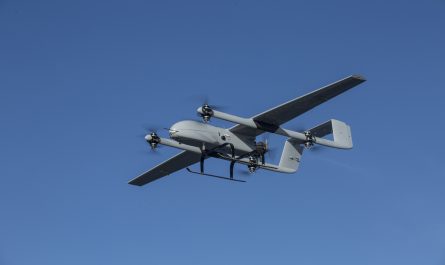
IoT Basics and Growth Potential
The Internet of Things IoT refers to the growing network of physical objects that are embedded with electronics, sensors, and connectivity which allows these objects to connect, collect and exchange data. IoT growth has been exponential in recent years due to increased connectivity and lower hardware costs. Gartner estimates there will be over 20 billion connected IoT devices by 2020. As IoT adoption increases, it will transform the ways we live and work by connecting previously “dumb” everyday objects and extracting useful data and insights from them.
Smart Home Devices
One of the most visible areas of IoT adoption has been in Smart Home devices and systems. Smart lights, locks, thermostats, security cameras, speakers and more allow homeowners to control and automate their homes from anywhere using connected apps and voice assistants. Smart lights like Philips Hue or TP-Link Kasa allow setting customized schedules, scenes and dimming levels conveniently from a phone. Video doorbells and security cameras from Arlo or Ring provide peace of mind by letting users monitor their property when away and check-in any time. Nest, Ecobee and Honeywell thermostats make it easy to set precise temperatures even when away, saving energy costs. Over the next few years, as prices drop further and compatibility improves, Smart Home devices will become mainstream fixtures in most homes.
Wearable Tech and Healthcare
The rise of the quantified self through wearables like Fitbit, Apple Watch and Garmin devices has demonstrated compelling IoT use cases for personal health and wellness. By closely tracking activity, sleep, heart rate and more over time, wearables can help motivate better lifestyle habits and spot potential health issues earlier. In healthcare, IoT devices are improving patient monitoring and outcomes. Implantable medical devices like pacemakers increasingly connect wirelessly to enable remote monitoring. At-home health trackers transmit vital statistics to doctors, supporting non-invasive chronic care management. IoT will enhance live-saving response times in medical emergencies by communicating critical information faster. As an aging population drives further demand, healthcare will remain a prime driver for IoT growth and innovation.
Industrial IoT Systems
The Industrial Internet of Things (IIoT) utilizes sensors and connectivity in industrial machinery, equipment and physical infrastructure to optimize operations. Major benefits include predictive equipment maintenance through real-time monitoring, reduced downtime and enhanced productivity. IIoT platforms from GE, PTC and Intel collect vast volumes of operational data that manufacturers analyze using AI/ML techniques for actionable insights. This enables condition-based servicing versus scheduled maintenance, minimizing repairs. Similarly, smart cities apply IoT at an urban scale to remotely operate utilities like traffic lights based on real-time congestion levels, monitor air/water quality, optimize trash collection etc. As costs decline, IIoT solutions will proliferate across transportation, energy, mining and other capital-intensive industries worldwide.
Smart Transportation
IoT impacts transportation infrastructure through “smart” roadways, vehicles and logistics networks. Smart traffic lights adapt signal timing live using embedded sensors to optimize traffic flows. Intelligent transportation systems (ITS) equip roads, vehicles, public transit with connectivity to wirelessly share real-time information on road conditions, traffic jams and routes. This enables smoother commutes as well as rapid emergency response where needed. Inside vehicles, telematics devices relay diagnostic data back to automakers and auto shops. Connected cars, trucks also collect location updates that shipment trackers use to dispatch self-driving trucks and drones where needed for “last mile” logistics. As 5G networks roll out, vehicular IoT will advance further with higher bandwidth applications like remote vehicle control and automated driving.
Data Privacy and Security Concerns
While IoT device unlocks tremendous value and opportunities, its rapid growth introduces new privacy and security risks that must addressed carefully. Connected devices generate immense amounts of personal data that, if accessed or stolen, could enable identity theft, stalking or other harms. Default passwords, unpatched vulnerabilities leave many IoT gadgets open to hijacking into “botnets” that perform DDoS attacks. Regulators worldwide are drafting policies around IoT data handling, breach notifications and fixing security flaws. Companies must implement “by design” privacy protections like data minimization and strong authentication on all IoT products. Adoption of best practices guidelines jointly prepared by governments and industries will build long-term user trust that spurs continued IoT advancement responsibly. Success will depend on making security, not convenience, the top priority from the start across every link in the IoT ecosystem.
*Note:
- Source: Coherent Market Insights, Public sources, Desk research
- We have leveraged AI tools to mine information and compile it


